Check the Roofing
Inspect your roof for loose, cracked, or broken shingles, fixing or replacing them along the way. Roof tiles are yet another weapon in the storm’s arsenal of projectiles, especially with nearby branches scraping them off. A hit from one can cause substantial damage or even injury. After finishing up with the roof maintenance, consider securing your roof with roof clippings.
Stay Safe, Stay Posted
While material belongings can be replaced, you and your family can not. If you didn’t manage to finish the preparation in time and the hurricane is right around the corner, leave everything and head inside — or evacuate if you have to. Make sure you have an emergency kit prepared beforehand, especially if you’re staying in. Stock up on batteries, flashlights, canned food, water, medicine, a first aid kit, and other necessities that you and your family will need to make it through the storm. Do not attempt to leave the safety of your house until the authorities announce that it is safe to do so. That being said, make sure to have a battery-operated radio with you at all times. Your local radio station will be making frequent announcements about road closures, places to avoid, evacuation routes, as well as for instructions and advice.
Should you be evacuating, you may need to have a spare gallon of fuel as a provision; and make sure you’re tuned in to the radio for important developments. It would also be a good idea to be carrying snacks for you and your family because you won’t be making any stops until you’re far enough from the danger zone.
Post-Hurricane Damage Control
Once the storm passes, it will inevitably leave behind considerable damage. Even if you cross out every item on the preparedness checklist for your yard, you will still have some cleaning up to do — more so if you skipped a few tasks. After making sure that it's safe enough to leave your house or return to your property, you can begin with the damage control.
Check the Drainage
Excessive water retention in a yard can be rather problematic as it causes a buildup of mold and moss, attracts mosquitoes and other insects, and damages the grass. Check the gutter for any damage and clear any blockages that might be accumulated around the drainage as well as the gutter itself. This will effectively help drain your lawn from any pooling.
Stay Away from Flood Water
Avoid going near any deeper pools of water or flooding that may have developed during the hurricane. The floodwater can be quite dangerous and unsanitary, so it is best to call a professional to handle the issue.
Remove Debris
Getting rid of the debris in your yard will help you survey the overall damage better. Remove any branches, tools, and pieces of junk that have ended up on your lawn or patio. You may want to wear protective gloves when handling debris as they can be sharp or filthy.
Look Out for Broken Branches
When clearing your lawn post-storm, make sure to be cautious of broken branches that are still clinging to a tree. You never know when they might fall off, potentially injuring anyone nearby. A landscaping expert can help saw off any damaged tree limbs.
Check Up on Shrubbery
Unlike trees, shrubs are rather vulnerable to heavy storms and will probably retain more damage. You can salvage what’s left of your shrubbery by pruning away the damaged parts. This would allow the plant to only nourish the portion that is intact and healthy.
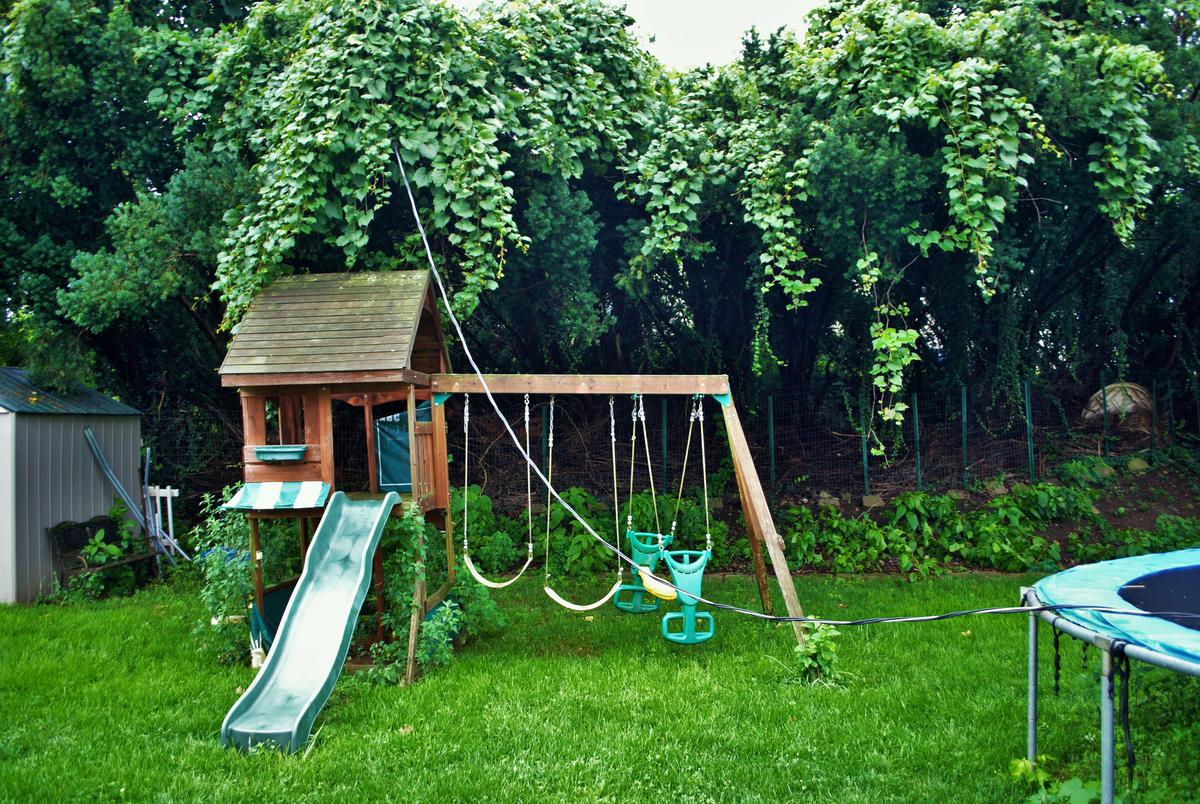
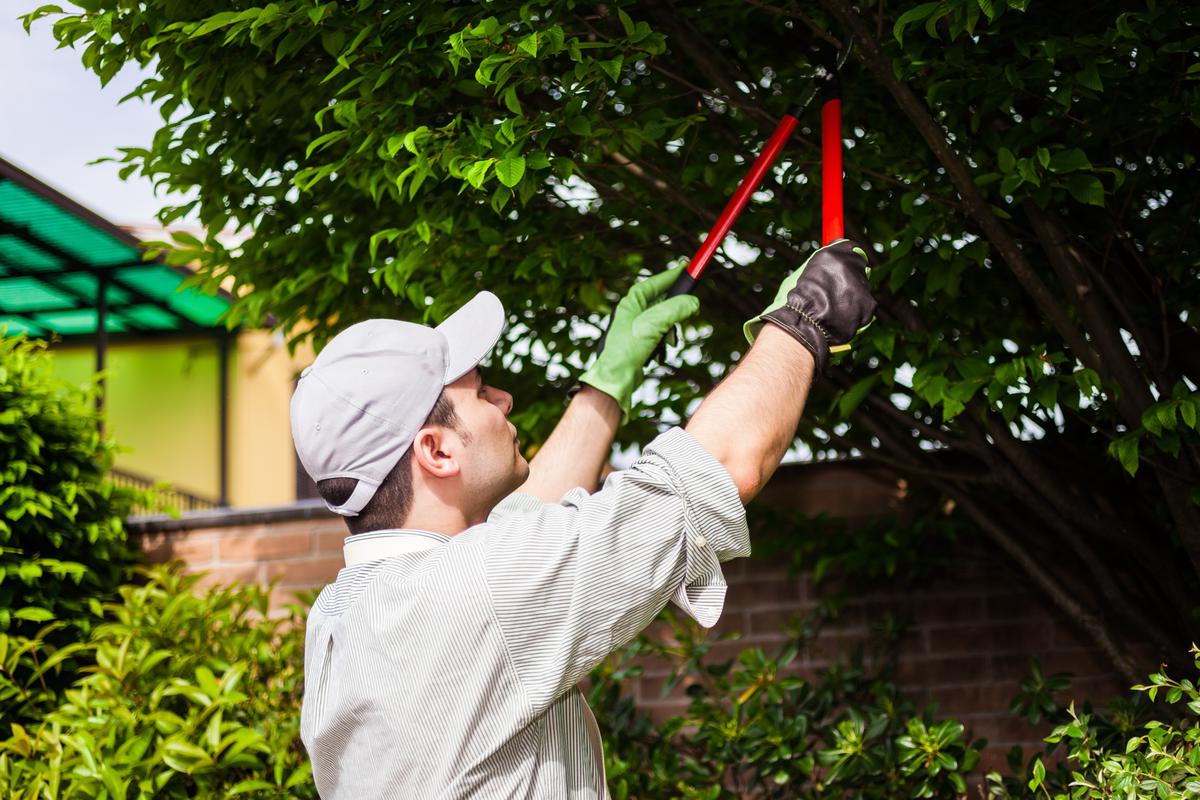
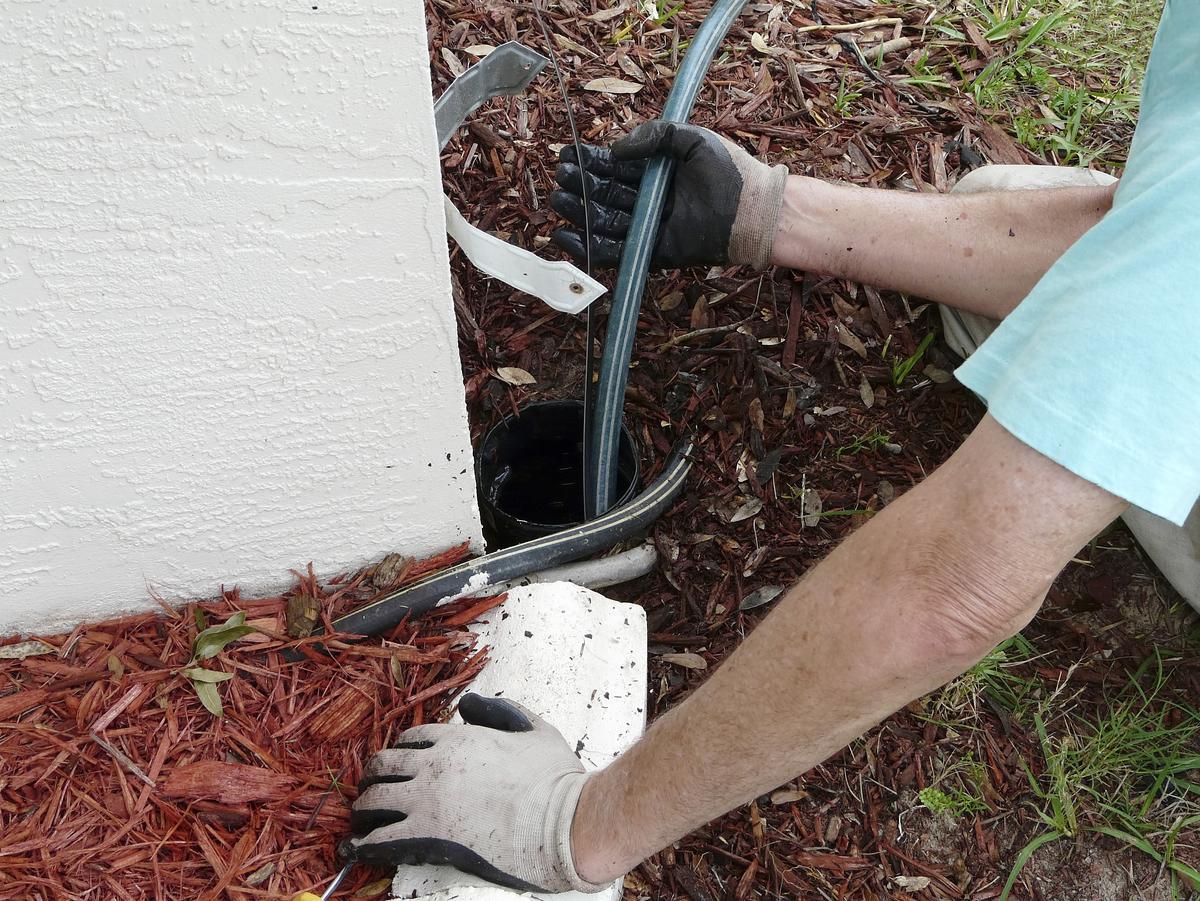

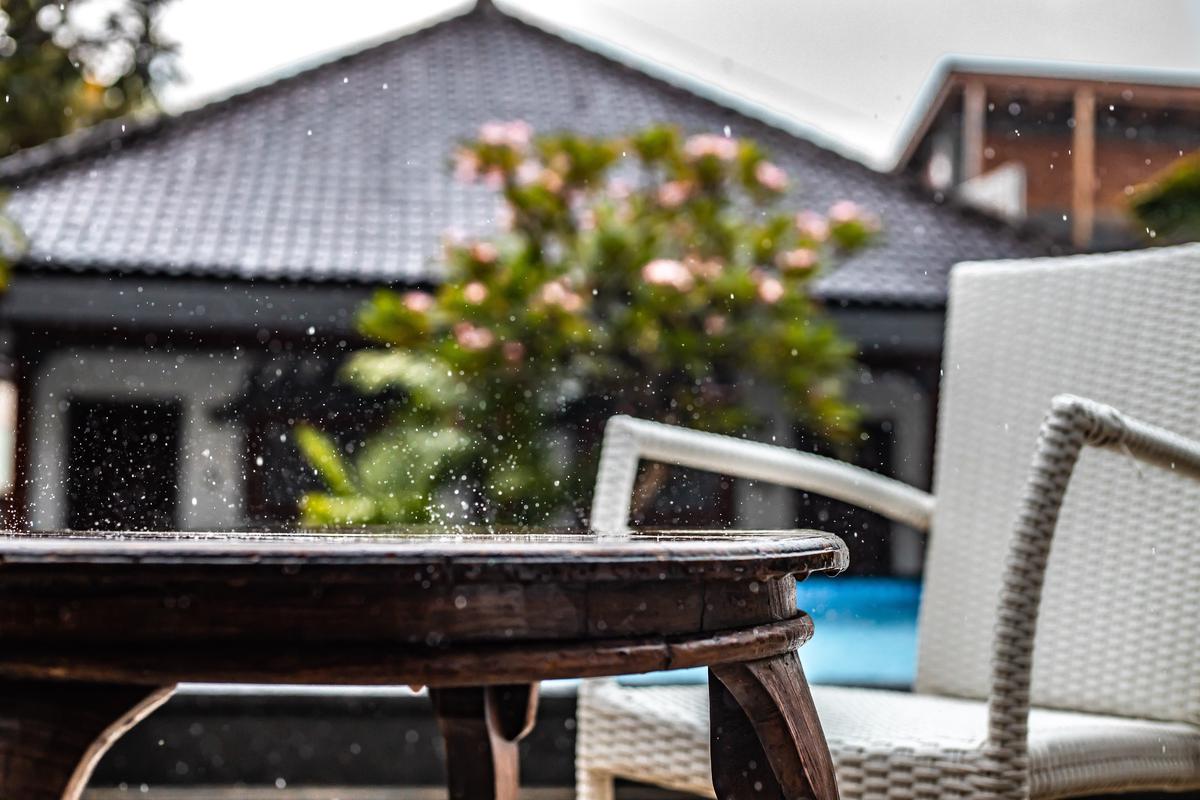
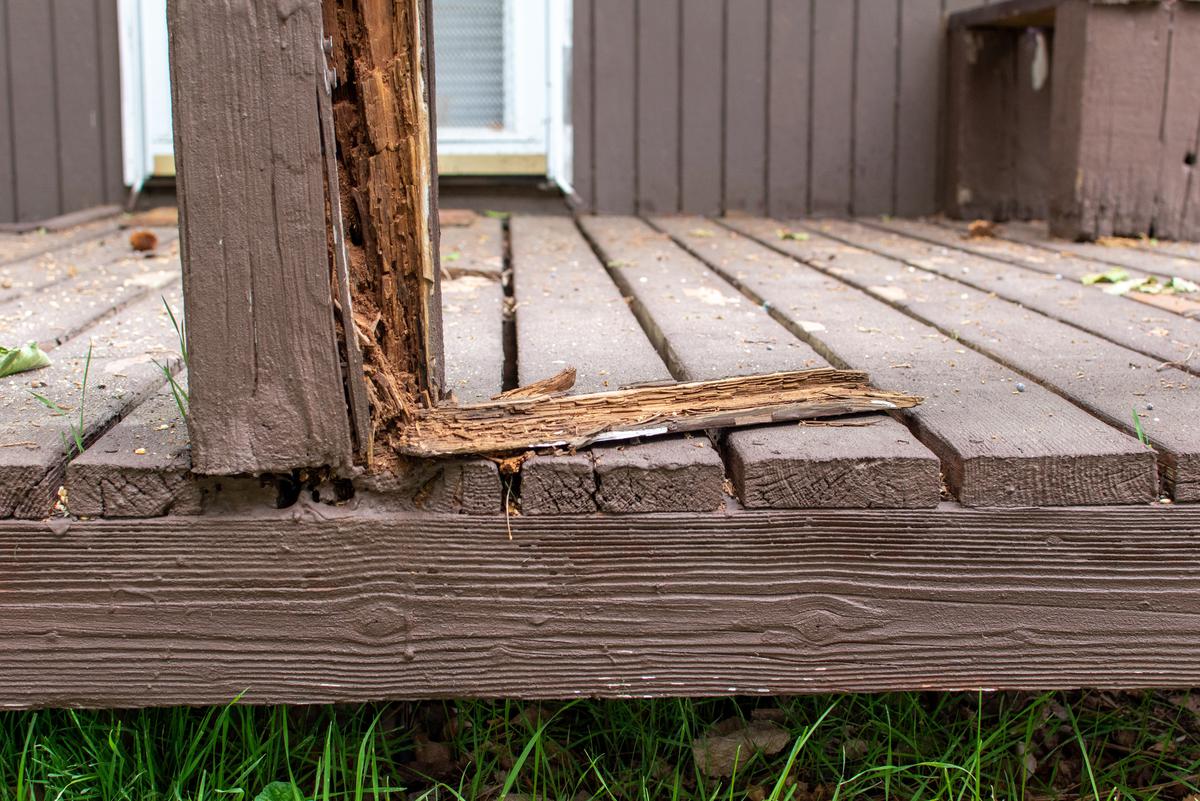
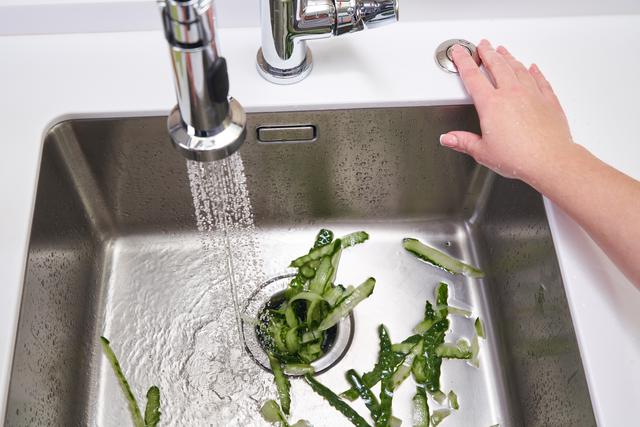
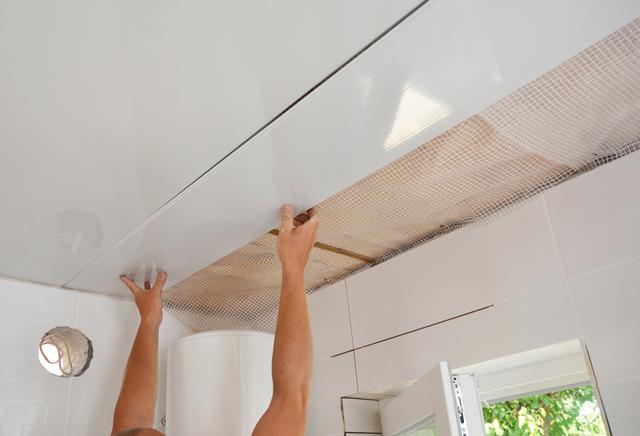
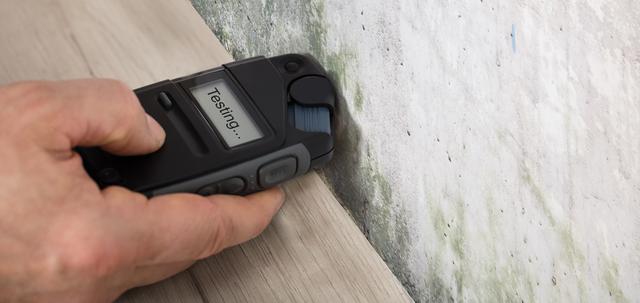

comments